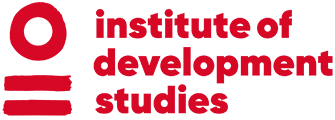resource
On 8 November 2013, super Typhoon Haiyan became one of the most powerful tropical storms ever recorded, striking the Visayas region of the Philippines and causing massive death and destruction. The scale of the disaster resulted in needs that stretched the capacity of the Philippine Government. United Nations agencies quickly mobilized in response to an early government request for assistance. The Philippine Government and the Humanitarian Country Team launched the cluster approach in Haiyan areas.
Two multiple cluster/sector initial rapid assessments (MIRAs) were carried out. These appraisals informed the Interagency Strategic Response Plan released on 6 December 2013 for a 12-month period. UNICEF component to the total Interagency Strategic Response Plan appeal was US$130 million.
After a disaster of this magnitude, violations of children’s rights often increase dramatically. These include, among others, their right to survival, protection, development and participation. The UNICEF response efforts were designed to strengthen the protection of children’s rights.
Over the course of 2014, UNICEF reported reaching 43,907 children through 171 newly established child-friendly spaces (CFS), with around 80 per cent of children in affected areas registered in a CFS. The latest internal monitoring results, however, suggest that UNICEF supported a revised total of 280 CFS.
A UNICEF review of the CFS conducted in January 2014, concluded that although community members and children viewed these spaces positively, the strategy’s role in early recovery, child protection system strengthening and in providing a harmonized approach to protecting the well-being of all children had not been well established. Following the 2014 review, UNICEF Philippines began to consider the need to evaluate the CFS strategy in its Typhoon Haiyan response. The findings presented here, commissioned at the end of December 2014, are the result of that evaluation.






